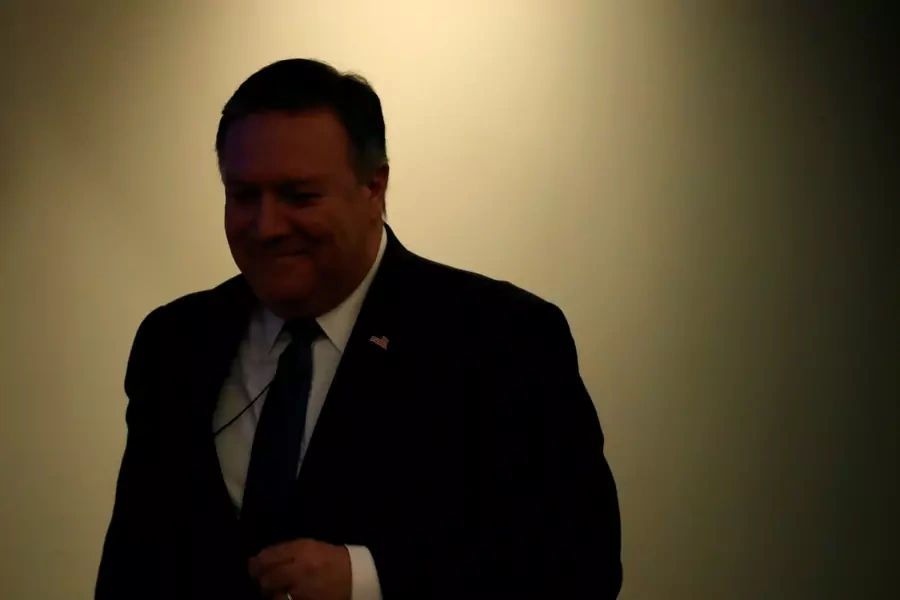More, Better Assessments Can Help Prevent Conflict

Lawrence Woocher is research director of the Simon-Skjodt Center for the Prevention of Genocide at the United States Holocaust Memorial Museum. The assertions, opinions, and conclusions in this piece are his and do not necessarily reflect those of the United States Holocaust Memorial Museum.
There are no cookie cutter solutions to intrastate, or internal, conflict—the preponderant type of violent conflict in recent decades. No one disputes that every situation is unique, local context is paramount, and understanding must precede action. And yet, the U.S. government conducts the systematic conflict assessments needed to build that understanding in surprisingly few cases. The United States could more effectively help prevent violent conflicts around the world by conducting conflict assessments more regularly, routinely involving multiple agencies in them, and linking assessments more tightly with policy and programming decisions.
More on:
Conflict assessment is a systematic research process, normally based on interviews with a wide variety of people in a country and guided by an analytic framework grounded in conflict theory. An assessment results in a detailed analysis of the actors, issues, and dynamics of a conflict, including potential causes of increased violence. When conflict assessments are conducted jointly by multiple agencies, they can also help resolve divergent perceptions that make coherent government-wide action more difficult.
Conflict assessment has specific benefits compared to other kinds of U.S. government analysis. Global risk assessments, for example, can help policymakers prioritize attention across countries, but they provide little detail about individual country dynamics. Regular embassy and intelligence reporting help policymakers understand day-to-day politics and perspectives of key players, but rarely do they assess underlying dynamics from a conflict analytic perspective—and are often thinnest in countries at greatest risk of large-scale conflict.
Given their benefits, why are conflict assessments not more routine? One reason is that the chief of mission in–country needs to buy in. These senior diplomats sometimes believe that the value of another analytic exercise is eclipsed by the burden that the process would impose on embassy staff, potential security risks, or the message it might send to a host government that Washington has deployed a team to ask lots of people about sensitive conflict issues.
Conflict assessments also take money and time (though orders of magnitude less than a typical foreign assistance program, let alone a military operation). And their results are not always illuminating. Some assessments fall in the trap of simply presenting long lists of conflict drivers, reporting what various interlocutors said without scrutinizing their forthrightness, or “admiring the problem” without generating new ideas about how the United States could help head off potential violent conflict.
Furthermore, even the best conflict assessments have little effect if they are disconnected from policy processes used to develop diplomatic, foreign assistance, and defense cooperation strategies. For example, a 2010 conflict assessment on Cote d’Ivoire correctly identified salient conflict risks, according to an official at the time, but failed to influence U.S. policy or programming; the country experienced severe election-related violence just months later, ultimately leading to French and UN military intervention.
Committed leaders, with the State Department and USAID at the forefront, can substantially address these challenges by advancing a few modest reforms.
First, State and USAID should have the capacity to field more conflict assessments. This means that State’s Bureau of Conflict and Stabilization Operations and USAID’s Office of Conflict Management and Mitigation need sufficient staff with relevant expertise and flexible funds to bring in additional support from other agencies, NGOs, or academia. USAID's conflict office could get a boost in the agency’s redesign by becoming part of the proposed new Bureau for Conflict Prevention and Stabilization.
More on:
Second, while requiring conflict assessments across the board is likely infeasible, the default for high-risk countries should be to conduct a conflict assessment as input to Integrated Country Strategies. These multi-year plans, required of all foreign diplomatic missions, are meant to articulate whole-of-government priorities in a given country. The responsibility should be on chiefs of mission to explain why a conflict assessment would not be merited or sensible (similar to how USAID policy allows missions to request a waiver of the requirement to produce a country strategy). The default in favor of formal conflict assessment could even be extended to include high-risk interstate conflicts, such as between India and Pakistan, with methods adapted accordingly.
Third, conflict assessments should normally draw on perspectives and expertise from multiple departments or agencies. Inter-agency assessments should be favored over those conducted by a single government entity because they promote shared understanding across relevant parts of the government. The results will also be stronger when tapping into diverse knowledge and analytic traditions. For example, combining analytic practices from the intelligence community with traditional conflict assessment methods can improve the quality of results.
Conflict assessments are surely no panacea. They are, however, an underused tool, which can supply decision makers across the government with insights about what drives conflicts and what actions could help prevent them. Most importantly, by drawing policymakers’ attention squarely to conflict issues before violence is widespread, conflict assessments can be powerful nudges toward more robust preventive action.
 Online Store
Online Store